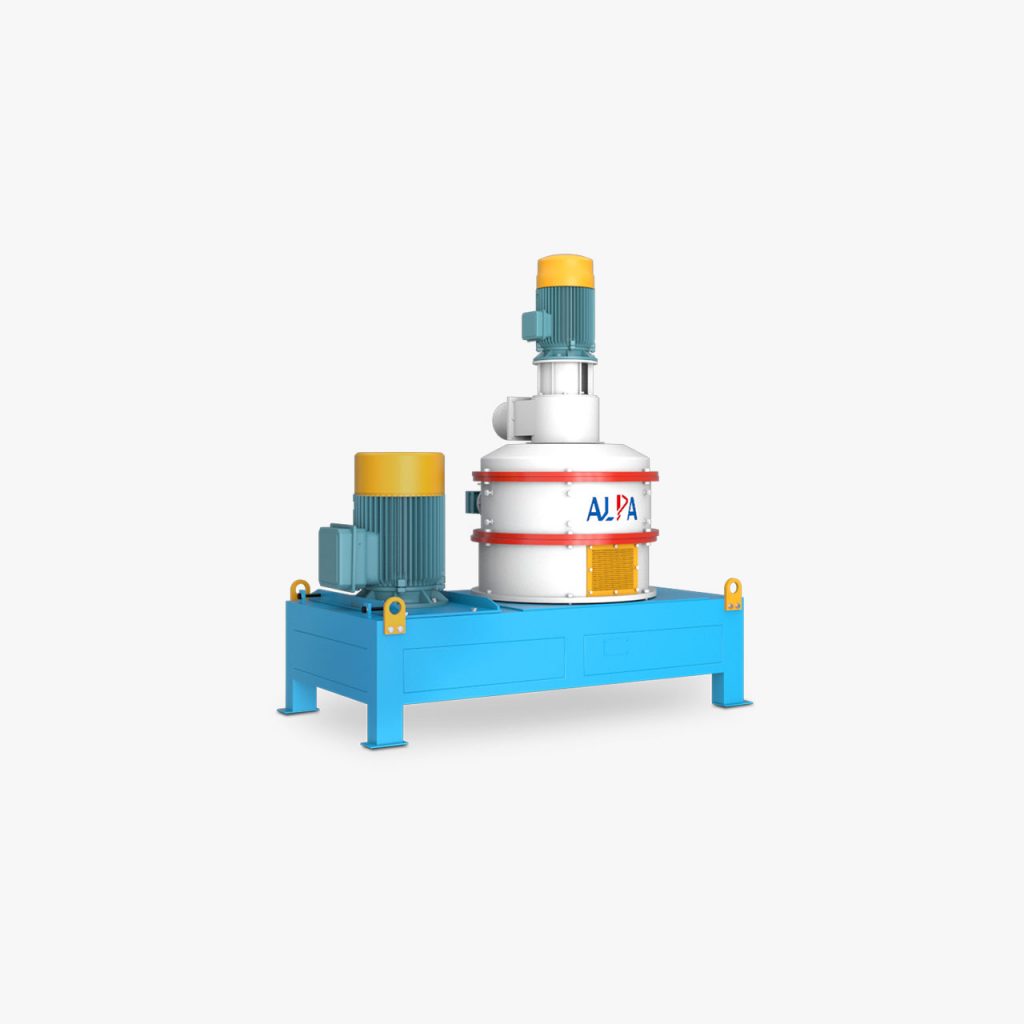Powder coating particle size control and application

Powder coating is composed of micron particles with a particle size between 10 and 100 μm. Its preparation process and application performance are affected by the particle size, including surface charge, storage stability, powder loading rate during electrostatic spraying, and fluidized bed In-use stability, angle powder application and coating efficiency, etc. Starting from the surface characteristics of particles, the correlation between particle size and surface charge is introduced, which extends to the impact of particle distribution on product characteristics. It also discusses how to achieve a specific particle size distribution in the mechanical crushing and separation process.
In the production process of powder coatings, the particle size is broken into a particle size suitable for coating through a grinding mill for decades. However, the particle size spacing obtained by traditional grinding is usually between 1.8 and 2.0, which reduces the The diameter requires double cyclones to remove fine powder, thereby significantly reducing production efficiency and product yield. Grinding to obtain a narrow particle size distribution while achieving high yield has always been a major challenge in industrial production. In recent years, the particle size optimization grinding unit developed by Jiecheng can effectively adjust the fine powder content <10 μm by optimizing the grinding and classification process, and ensure that no fine powder is produced by repeatedly grinding large particles to the set particle size range. Products with large particle sizes are screened and removed, thereby controlling the particle size distribution within the diameter range of 1.3 to 1.6. At the same time, products with very high particle size concentration are obtained without reducing the yield.
Due to the agglomeration between particles, the smaller the particle size, the larger the void ratio; the wider the particle size distribution range, the packing density tends to become larger due to the filling effect of small particles between large particles. Close packing cannot be achieved with a single particle. Only multiple particle sizes can achieve close packing. Moreover, the greater the difference in particle size, the higher the packing density. When the gap between small particles and large particles is 4 to 5 times, finer particles can be filled. In the gaps of large particles, the shape and filling method of the particles will also affect the packing density. When there are two particle sizes with a quantity ratio of 7:3, or three particle sizes with a quantity ratio of 7:1:2, the entire The system has the highest packing density. Higher bulk density can improve the uniformity of the coating film, thereby achieving excellent leveling effect and gloss.
The grinding equipment that usually grinds powder coatings into suitable particle sizes is an air classification mill (ACM). The principle is that after the flakes enter the main grinding disc of the grinding mill, they are crushed into particles through centrifugal force and the collision with the grinding column of the main grinding mill. Then the inner wall of the grinding body is carried by the air flow to the cyclone separator for particle size classification. The grinder consists of a main grinding mill, an auxiliary grinding mill (classifier), a screen and a cyclone separator. The air volume and screen selection determine the proportion of small particles and large particles; at the same time, the characteristics of the powder coating, the feeding speed, the ambient temperature and humidity and air supply temperature also have a crucial impact on the size of the ground particles.
The currently industrialized particle size optimization mill can effectively reduce the formation of fine powder by changing the balance of the air inlet and outlet systems in the system, and obtain products with high particle size concentration. At the same time, the median particle size can be between 15 and 60 Adjusted within the μm range, it can produce products with normal particle sizes as well as thin-coated powders with a median particle size of 15 to 25 μm.
